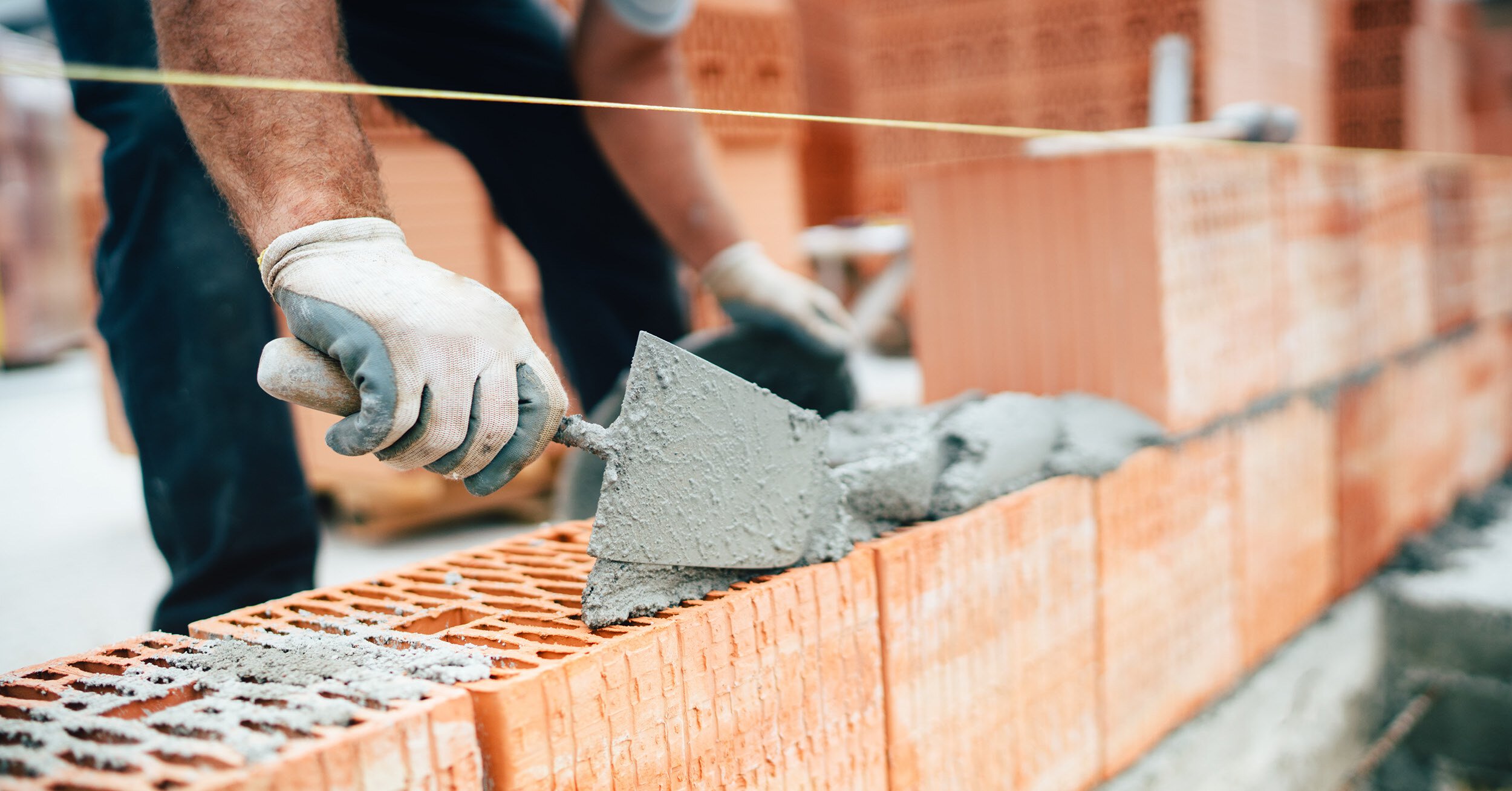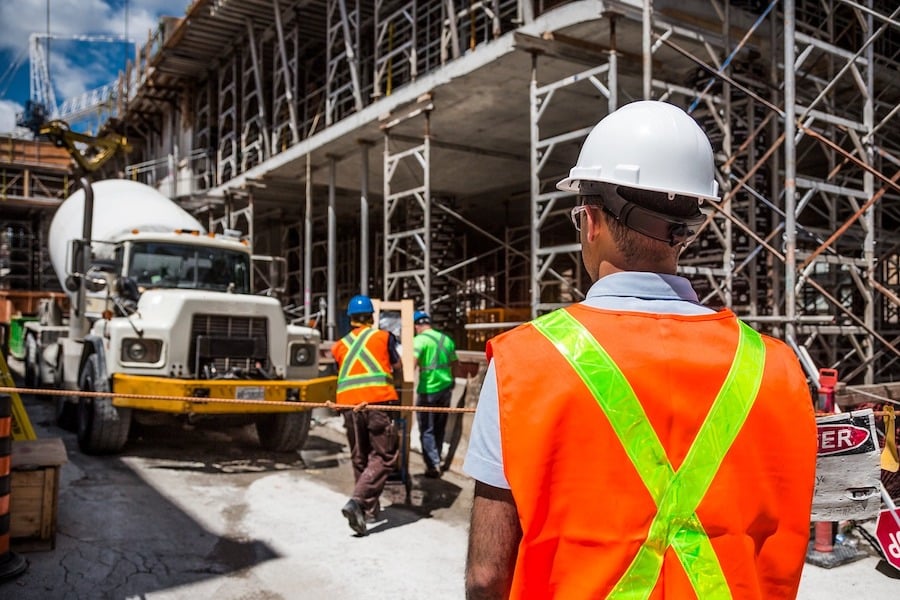What You Need to Know About OSHA Inspections
June 5th, 2019
3 min. read

The Occupational Safety and Health Administration (OSHA) was created by Congress in 1970 as part of the Occupational Safety and Health Act to assure safe and healthful working conditions for all employees by setting and enforcing standards and by providing training, outreach, education and assistance. While the odds of an inspection occurring is slim, OSHA may conduct an unannounced inspection at any time.
The manufacturing and construction industry, by the nature of their work, have a higher likelihood of undergoing inspections from OSHA. Many of these inspections result from a fatality, severe injury, illness or complaint but could also be a programmed inspection or a follow-up to a previous inspection. Having steps in place can go a long way in the event of a OSHA inspection. Do you have a plan in case an OSHA compliance safety and health officer (CSHO) is at your company’s door?
Preplan Strategy
To ensure your company is prepared in the event of an inspection, make sure that reception personnel are prepared by knowing who to contact within your company upon the OSHA inspectors’ arrival. This could be someone in operations, safety, legal, risk management, human resources and/or media relations. Make sure the OSHA contact person is trained on how a typical OSHA visit will play out.
Additionally, your OSHA policies, procedures and training documentation should be well-organized, accurate, current and accessible. Your OSHA 300 logs should be accurate at all times as well. The following documents should be available for a potential visit;
- Safety manual (policies and procedures)
- Injury illness prevention program (IIPP)
- Hazard assessment records (site inspections)
- Safety Data Sheets (SDS)
- Documented training logs
- Equipment inspection logs
- OSHA 300 logs
- Any previous audits and/or citations
Opening Conference
The OSHA representative should introduce themselves, explain why they are there, present credentials and explain the inspection process during an opening conference. This meeting gives you the opportunity to understand the specific reason for the inspection and its scope, along with outlining both parties’ rights and responsibilities during and after the inspection.
Knowing the process and your rights allows you more control over the inspection. You have the right to ask the reason why OSHA is onsite, if it is not shared. If it is due to a complaint, you are entitled to a copy of the complaint documentation. Remember to keep the scope of the inspection pertinent to the specific reason stated for the inspection.
Records review
 After you’ve discussed the reason for the inspection, the CSHO may request to review records and other documentation. You may feel obligated to provide access to any records you have on file. This is not necessary and can unintentionally distract from the original reason OSHA is onsite. You only need to provide OSHA 300 logs and safety data sheets (SDS’s) if asked to do so. You are entitled to some time to get your records together to turnover to OSHA. If possible, review these records with your legal counsel to ensure you are staying within the scope of the inspection.
After you’ve discussed the reason for the inspection, the CSHO may request to review records and other documentation. You may feel obligated to provide access to any records you have on file. This is not necessary and can unintentionally distract from the original reason OSHA is onsite. You only need to provide OSHA 300 logs and safety data sheets (SDS’s) if asked to do so. You are entitled to some time to get your records together to turnover to OSHA. If possible, review these records with your legal counsel to ensure you are staying within the scope of the inspection.
Walk-around Inspection
The CSHO will request a walk-through of your facility. Because the OSHA can cite any violation they see while at your facility, expose the CSHO to the least amount of your facility as possible. Escort the CSHO only to the area(s) designated during the opening conference even if it means taking a less-than-direct route. Never offer a full facility tour.
In your preplanning and employee training you should share with your employees the importance of being truthful, understanding the questions asked and keeping their responses directed to the specific questions asked. Neither you nor your employees should offer more information than what is asked.
Additionally, you should ensure that the proper OSHA posters, hazard communication signage, emergency evacuation plans, logout/tagout information, first aid supplies, fire extinguishers and bloodborne pathogens information are visible and accessible throughout your facility.
Lastly, document everything! The whole inspection will be noted and documented by the CSHO through pictures and possibly video. For your records, you should also take pictures or video of anything the inspector does.
Closing Conference
You are in the home stretch of your OSHA inspection. The closing conference is an important, required step in the process. Even though you will more than likely NOT receive a citation at this point, you may find out if a citation will be issued. The OSHA inspector will take the information gathered back to the OSHA office for review by the area director. The information will be assessed and citations would be issued based on the findings.
You should ask any questions that you may have about the inspection, the next steps and/or follow-up procedures. Again, take notes on what is discussed and document anything that you shared with OSHA.
Knowing your rights and responsibilities will help ensure your company’s ability to best handle a visit from OSHA, but keep in mind that OSHA exists to help keep both employees and employers safe.
We've created a handy Safety Checklist based on OSHA safety recommendations to help you take a proactive approach to safety. Download it now and avoid safety inspections down the road. Visit our workplace safety program management page for additional resources.
Brian Reimer, Strategic Risk Advisor
Brian joined the McClone team in 2012 and specializes in commercial property/casualty insurance, risk identification and management, and construction contract review. He also has a strong background in business marketing and strategic company branding, making him a well-rounded detail-oriented advisor and business partner.
Topics:











